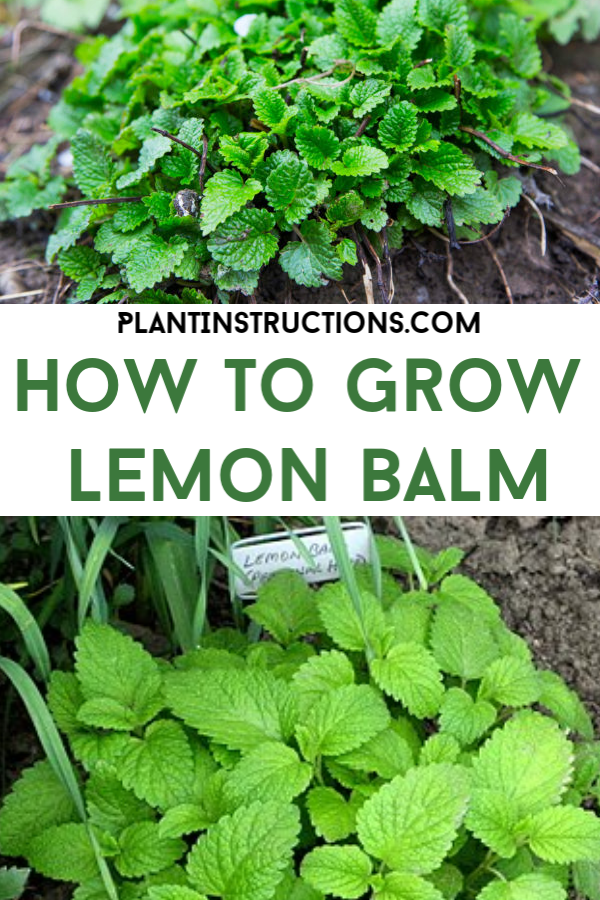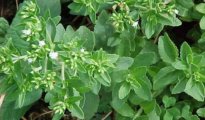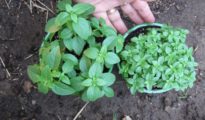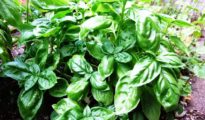A member of the mint family, lemon balm is a perennial herb that prefers cooler weather. Growing to about 12-14 inches in height, this lemon scented herb has a number of different culinary and medicinal uses. Keep reading this easy to follow guide on how to grow lemon balm in your garden!
Sow lemon balm seeds in the spring, after the last frost date. Lemon balm will die back in the winter, but regrow again in the spring, so there is no need to plant again!
How to Grow Lemon Balm in The Garden
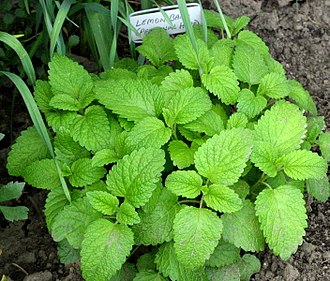
Planting Lemon Balm:
- Sow lemon balm seeds directly into the ground in the spring, after all danger of frost has passed.
- You can also sow seeds indoors and transplant once the soil has warmed up.
- Grow in well drained, sandy loam in an area with full sun and/or partial shade.
- Although it prefers a soil pH of 6.7 to 7.3, it will grow in almost any soil.
- You can also grow lemon balm through cuttings. Do so by planting the cuttings in moist sand.
- Sow the lemon balm seeds about 1/4 inch deep and thin the seedlings to about 8 inches apart.
- Later on, thin them to 18 inches apart. Space each row 18-24 inches apart.
- It's best to plant lemon balm in pots or containers as roots can quickly spread throughout the entire garden.
Lemon Balm Care:
- Immediately after sowing, water thoroughly.
- Lemon balm prefers moist soil, so be sure to water regularly.
- Side dress the plants with compost during the growing season.
- Lemon balm does not require fertilizer.
- If planting alongside other plants, consider planting with broccoli and cauliflower.
Pests & Diseases:
- Although lemon balm has no serious pest problems, it can be prone to verticillium wilt and mint rust.
- Prevent this from happening by removing dead stems and leaves from the plants in the winter.
- Keep the plants thinned for good air circulation.
So now that you know how to grow lemon balm, it's time to roll up your sleeves and get to planting!
Like this post? Share and Pin 🙂
